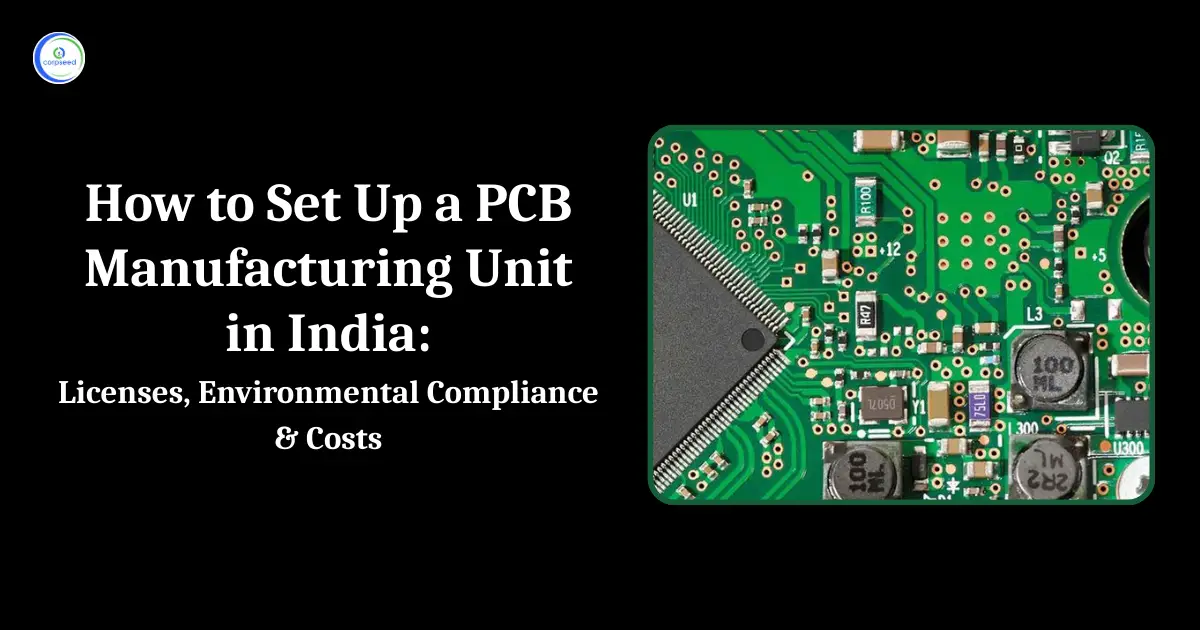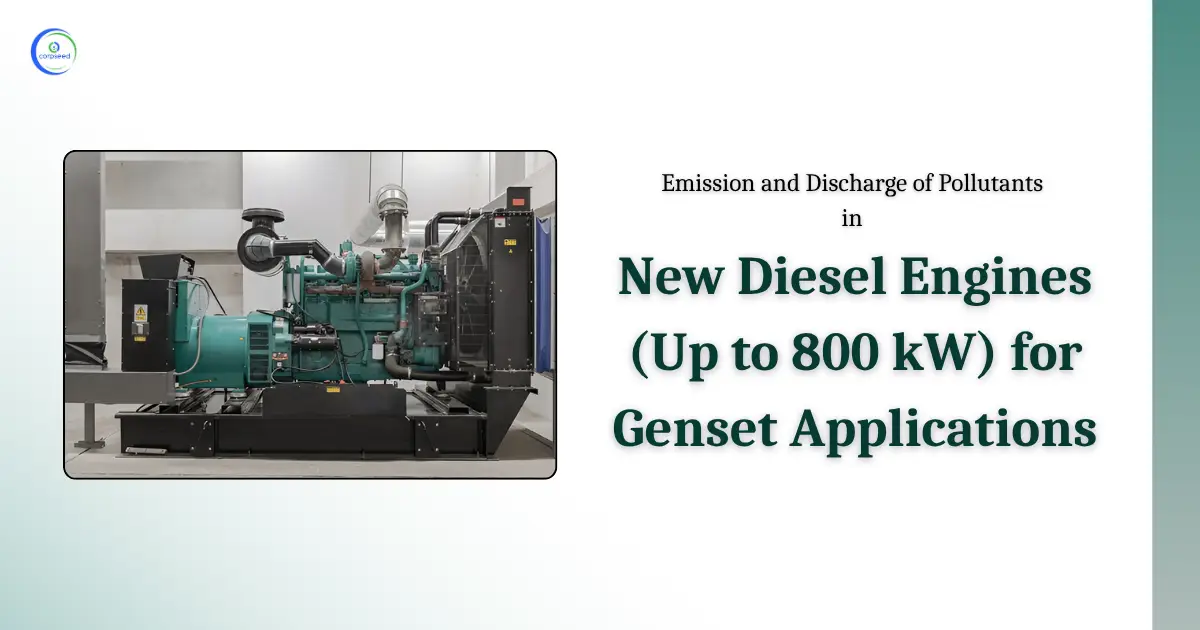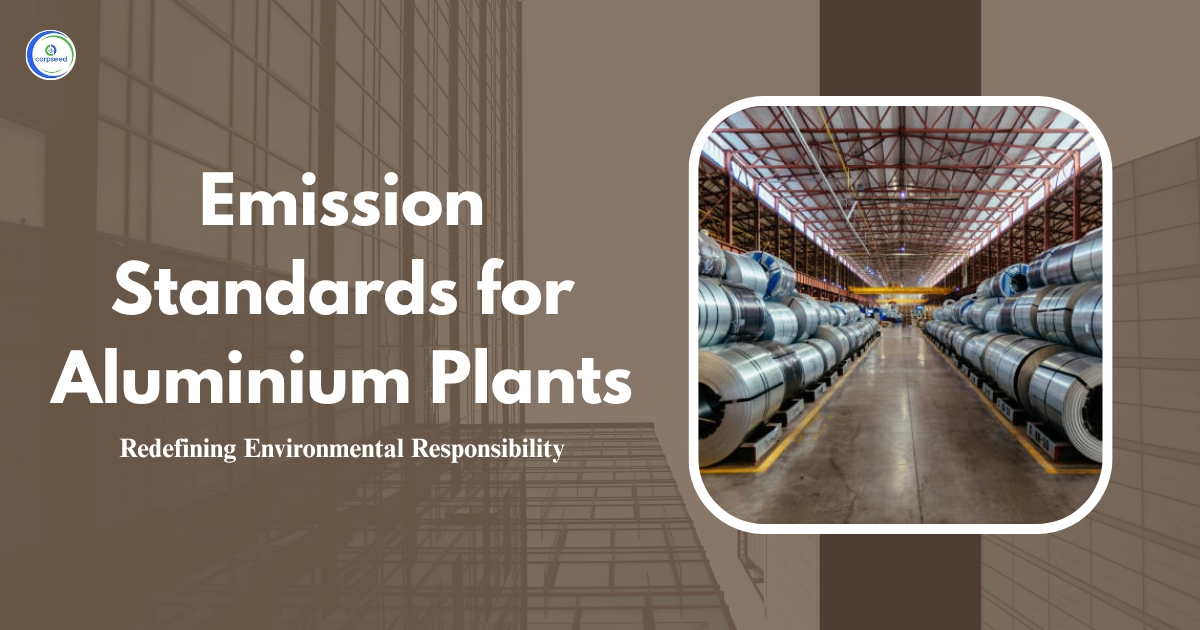Industrial boilers are an integral part of many industries, including textile, sugar manufacturing, pulp and paper and more. These boilers, which produce steam and power for industrial processes, can also be an important sources of air pollution. These emission or discharge of environmental pollutants such as sulphur dioxide (SO2) and nitrogen oxide (NO3) from boilers have increased environmental concerns, provoking the Government of India to establish rigorous regulations aimed at monitoring these pollutants.
Table of Contents
- Regulatory Framework: The Legal Basis for Emission Standards
- Importance of Compliance with Emission or Discharge of Environmental Pollutants
- Key Provisions of the Updated Emission Standards
- Stack Height and Monitoring Requirements
- Captive Power Plants and Special Considerations
- Role of Online Monitoring Systems in Ensuring Compliance
- Conclusion
Regulatory Framework: The Legal Basis for Emission Standards
The Environment (Protection) Act, 1986 is the main legislation that governs environmental protection in India. Under this act, the Central Government has the power to set rules and standards to prevent pollution, including standards for emissions from industrial boilers. The Environment (Protection) Rules, 1986, provide the legal basis for emission standards and the government regularly updates these rules to face new environmental challenges. An important amendment to the Environment (Protection) Rules. This amendments provided particular emission standards for industrial boilers, specifically with regard to SO2 and NOₓ emissions.
--------------Blog Contact Form-------------
Importance of Compliance with Emission or Discharge of Environmental Pollutants
Ensuring that industries adhere with emission standards is essential for many reasons. These standards not only meet environmental goals but also contribute to economic stability and social well-being. Following are the key reasons why compliance is critical:
- Environmental Protection: Compliance helps reduce harmful emissions, which directly contribute to cleaner air and minimized environmental degradation. This is crucial for the long-term health of ecosystems and biodiversity.
- Public Health Safety: By controlling SO2 and NOₓ pollutants, the industry can prevent the decline in air quality, which is one of the major factor in preventing health issues such as respiratory diseases, cardiovascular diseases and heart diseases in the surrounding communities.
- Sustainable Industry Growth: Compliance to emission standards boosts sustainable practices, which are vital to the long-term success and competitiveness of industries. Businesses that spend in clean technology often see operational efficiencies and cost savings in the long run.
- Global Environmental Goals: Compliance aligns industries with national and global environmental objectives, which include broader commitments to minimize greenhouse gas emissions and fight climate change, therefore contributing to wider efforts like the Paris Agreement.
- Corporate Social Responsibility (CSR): Sustainability is a priority for businesses. Completing emission standards is an important part of CSR, as it establishes commitment to the environment and public health. Compliance not only prevents penalties but also improves brand reputation, drives customer loyalty and attracts investors focused on sustainability.
Key Provisions of the Updated Emission Standards
The amendment introduced specific rules on the emission or discharge of environmental pollutants from industrial boilers. The most significant pollutants addressed are sulfur dioxide (SO2) and nitrogen oxide (NOₓ), which are one of the primary contributors to air pollution and have a serious impact on health and the environment.
- Fuel-Wise Emission Standards for SO₂ and NOₓ: The emission standards for industrial boilers are classified on the basis of the type of fuel in use. This classification confirms the separate fuels each with its own combustion characteristics are held to proper emission limits. The standards established are as follows:
- Agro Based Fuels: The amendment did not set any specific emission limits for agro based fuels. Though, industries using agro based fuels must comply with general emission standards and stack height regulations.
- Natural Gas: Natural gas is considered a cleaner fuel compared to solid and liquid fuels, although no particular emission limits were set for SO₂ and NOₓ for industries using natural gas in their boilers.
| S. No. | Type of industrial boiler(fuel wise) | Standards | |
| SO2 NOx | SO2 NOx | ||
| 106 | Agro based fuel | - | - |
| 106A | Natural gas | - | - |
| 106B | Other fuels | 600 mg/Nm3 at 6% dry O2, for solid fuel and 3% dry O2 for liquid fuel | 300 mg/Nm3 at 6% dry O2, for solid fuel and 3% dry O2 for liquid fuel |
Note:
- For captive power plants using Solid fuels such as coal, lignite, etc. the emission limit notified for Thermal Power Plants vide notification no S.O. 3305 (E), dated 7th December, 2015 shall be applicable.
- The standards set herein will not apply to any ban or restriction put in place by Competent Authority and for non-attainment cities, State Pollution Control Board or Pollution Control Committee may regulate or ban use of Pet Coke and Furnace Oil on the basis of available data.
These limits apply to a wide range of industries, comprising but not limited to:
- Sugar production
- Cotton textiles
- Composite woollen mills
- Synthetic rubber
- Pulp and paper manufacturing
- Distilleries
- Leather industries
- Calcium carbide production
- Carbon black manufacturing
- Aluminium plants
- Tanneries
- Inorganic chemicals industries
Stack Height and Monitoring Requirements
The emission limits for pollutants, the amendment levies stack height criteria. The stack height are necessary because it helps disappear pollutants into the atmosphere, minimizing their concentration at ground level. Proper stack height confirms that emissions are released at an adequate altitude, reducing their impact on air quality.
Industries must also ensure compliance with the set limits and monitor their emissions. These include the installation of a continuous emissions monitoring system (CEMS). These systems deliver real-time data on emissions and are sent directly to the Central Pollution Control Board (CPCB), which monitors compliance across the country. Statistics helps authorities track the environmental performance of industries and identify potential violations or non-compliance.
Captive Power Plants and Special Considerations
For captive power plants that use solid fuels such as coal and lignite, separate emission standards apply. These plants must comply with the same emission standards as thermal power plants. It ensures that power plants, whether dedicated to industrial use or functioning as standalone units, strictly comply with the same rigorous emission controls.
In addition, the amendment identifies that certain areas, especially in non-receiving cities (areas where air quality standards do not meet), strict rules must be implemented. In such cases, the State Pollution Control Boards (SPCBs) or Pollution Control Committees (PCCs) have the authority to implement bans or restrictions on the use of particular fuels, such as pet coke and furnace oil, on the basis of the air quality data of the region.
Also Read: What are the Standards for Emission or Discharge of Environmental Pollutants for Aluminium Plants
Role of Online Monitoring Systems in Ensuring Compliance
As part of efforts to confirm compliance with emission standards, industries must install online continuous emission monitoring systems (CEMS). These systems help monitor and report emissions, providing regulators with transparent data. By tracking high SO2 and NOₓ pollutants, CEMS allows industries to identify emission violations early and take corrective action.
In addition, the data collected through these system assist the Central Pollution Control Board (CPCB) to monitor pollution control efforts. It also ensures that the industry remains responsible for its environmental impact and works in accordance with established rules.
Conclusion
The standards for emission or discharge of environmental pollutants from industrial boilers are a vital aspect of India’s ongoing efforts to deal air pollution and protect public health. These regulations, form specific emission limits for SO₂ and NOₓ on the basis of the type of fuel used in the boilers, along with necessities for stack height and consistent monitoring.
Industries that use boilers, should comply with standards to reduce environmental impact, avoid legal penalties and contribute to improving air quality across the country. As India remains to develop sustainable industrial development, it is important for industries to remain up-to-date and comply with the rules and regulations with developing environmental regulations.
This portion of the site is for informational purposes only. The content is not legal advice. The statements and opinions are the expression of author, not corpseed, and have not been evaluated by corpseed for accuracy, completeness, or changes in the law.
BOOK A FREE CONSULTATION
Get help from an experienced legal adviser. Schedule your consultation at a time that works for you and it's absolutely FREE.







_Corpseed.webp)
.webp)
